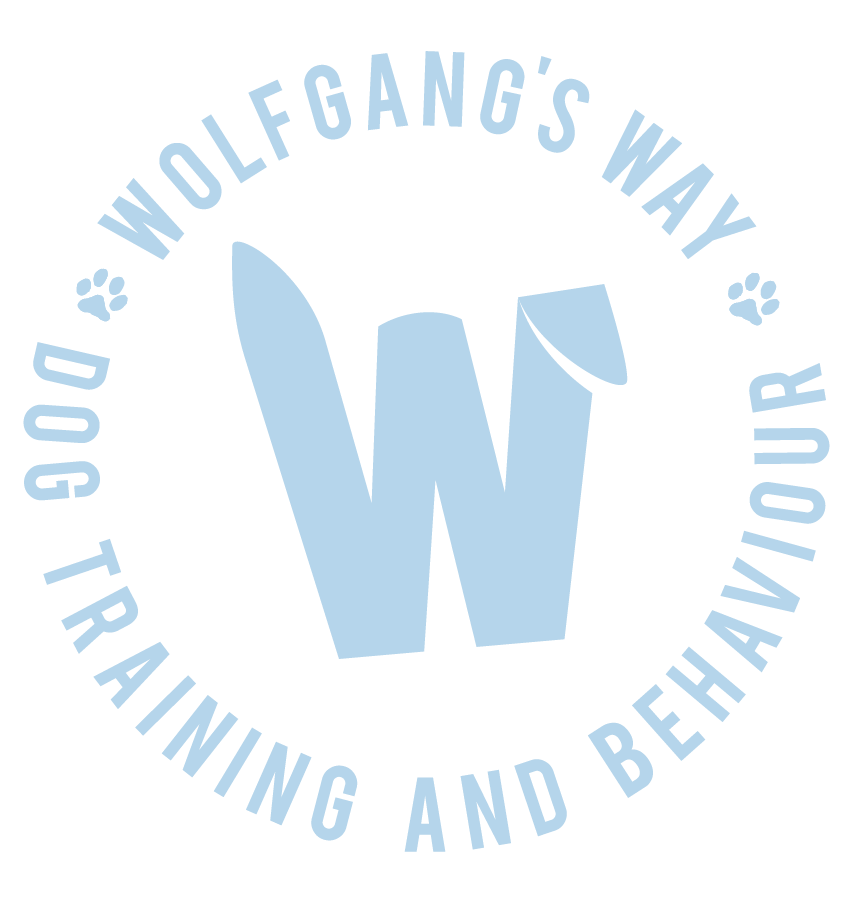In light of the recent horrific attempts to injure, and potentially kill, dogs in Malmö with placing spiked food out on the streets (bread buns containing sharp pieces of metal or shards of glass), here are some training tips on how to manage and prevent:
Engagement
Teaching your dog that good things happen when they check in with/ look at you - and therefore keeping their focus upwards/ on you, rather than downwards and potentially picking up food from the floor.
You can use a marker word (I.e. ‘yesss’ or ‘good boy/ girl’) or a clicker for this, depending on what your dog is used to.
When out walking (on the streets or in the park), mark the moment your dog checks in with you, then feed a little treat.
Teaching a reliable ‘drop’
My favourite way to teach ‘drop’ is outlined in this training video by the incredible Chirag Patel. The video takes you through the training steps to ‘automate' this behaviour (meaning your dog can’t help him/ herself but to open their mouth when they hear the word ‘drop’). This of course takes time and effort but results can be achieved fairly quickly if you work on this a little every day (make sure your dogs know you pay VERY WELL - get those meatballs rolling)
Teaching a reliable ‘leave it’
This video takes you through the training steps.
Start practicing the behaviour and associated cue at home, then generalise to the outdoors.
You can eventually turn ‘food on floor’ into a cue to check in with/ look up at you -preventing your dog from picking up food from the floor in the first place, as it’s raining cheese, chicken and bacon from you every time they spot some food/ rubbish on the floor.

